Amazon Kindle vs Amazon Fire tablet: we'll help you understand the difference
What's the difference between the Amazon Kindle and Amazon Fire tablet ranges?
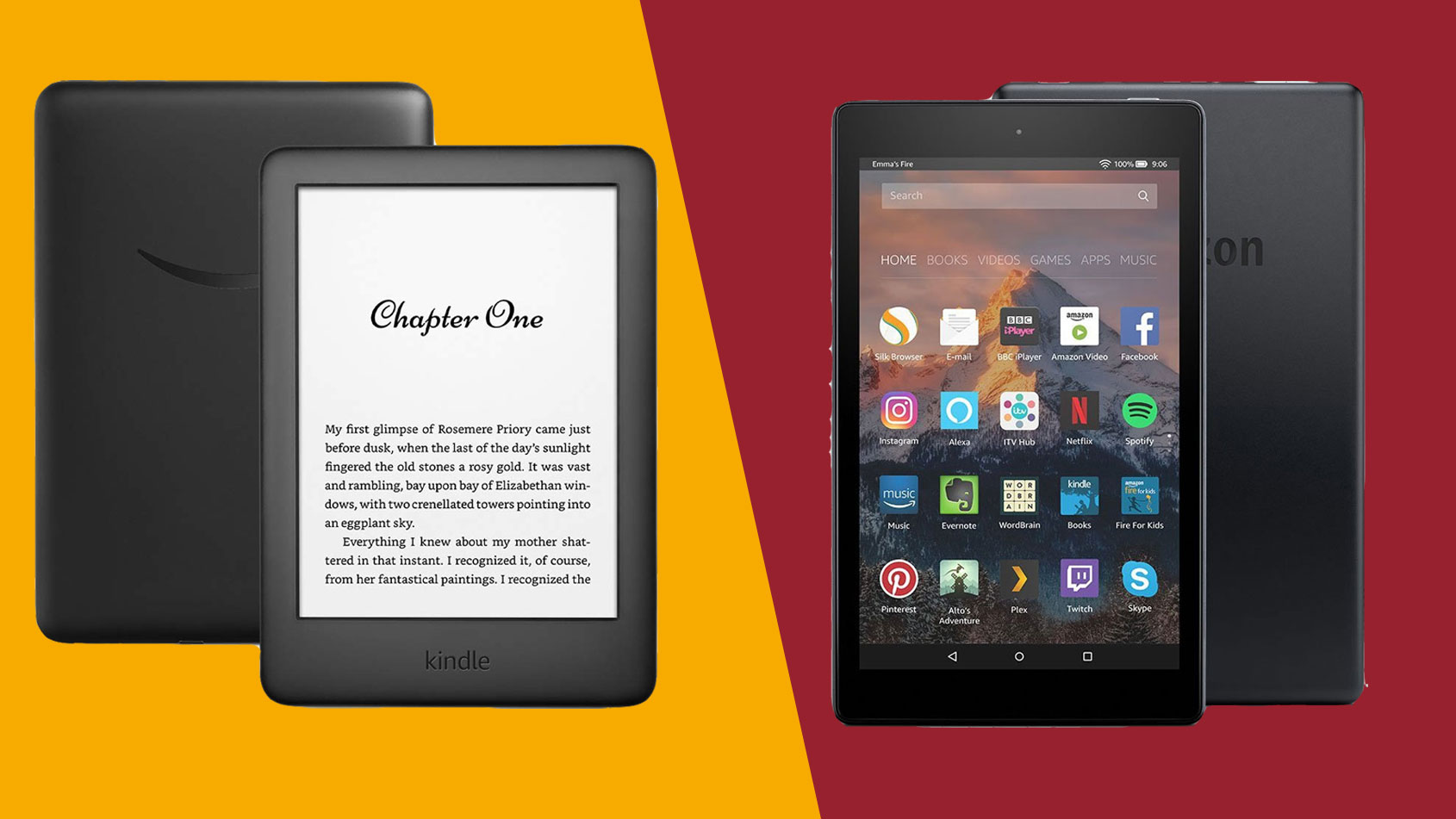
Despite some naming overlap in the last, the Amazon Kindle and Amazon Fire lines of tablets are two completely separate things, and if you're looking to buy either from the company going to need to know the difference between them.
Both of these families of devices are low-cost compared to their respective competitors and are popular with fans of cheap tech. However, even at a budget-friendly price if you pick up an ereader expecting a tablet or vice versa you'll likely be disappointed.
Amazon Kindles are ereaders, using black-and-white E Ink screens, and they're designed for reading books, magazines, comics and audiobooks. Amazon Fire tablets are cheap Android tablets with close ties to Amazon's ecosystem of devices.
The source of the confusion between these ranges, other than the 'Amazon' name in them, is that the name Amazon Kindle Fire was actually used until 2014, to refer to the slates we now call the Fire line, but now 'Kindle' is just exclusively for ereaders.
If you're confused as to the difference between Amazon Fire tablets and Kindle devices, and the specific products in those lines (or want to know which of them is best for you) we're going to quickly compare the key differences so you can come to a decision.
Amazon Kindle vs Amazon Fire tablet pricing
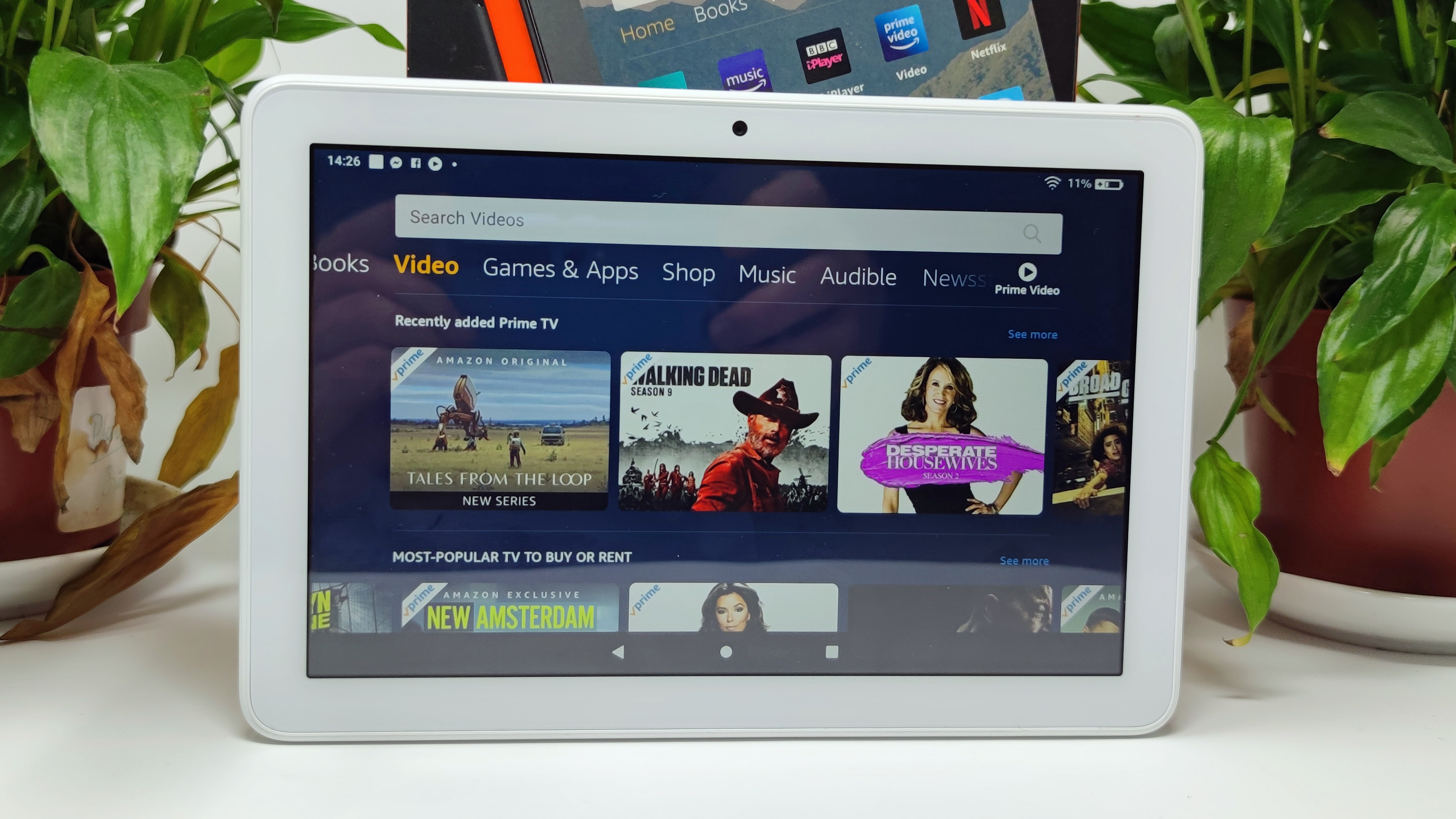
There are three different types of Amazon Kindle device: the basic version, that's just called that, then the Kindle Paperwhite which is the mid-range device with more storage, a sharper screen and an IP rating, and the Kindle Oasis, which has a premium metal design, even more storage and a bigger display.
Each of those devices costs a bit more than the model below it, and each gets an updated version every few years. We'll show you current prices for them below:
Amazon Fire tablets are a bit different, and the main thing to differentiate them is their screen size and resolution. There's the Amazon Fire 7, Fire HD 8, and Fire HD 10, with the number referring to the screen size (in inches) and 'HD' showing that the device has a high-definition resolution.
There are a few variations too: the Fire HD 8 Plus has wireless charging and a few extra features over the HD 8, and Kids' Edition tablets come with child-protection features and hardy shells so your kids won't break them.
As with the Kindles, each sizing version gets an update every few years. Here are the prices for the latest editions:
Amazon Kindle vs Amazon Fire tablet design and display
The key difference between Amazon Kindle and Fire tablet devices is their screens. Kindle devices are ereaders, and therefore use E Ink screens - this technology basically replicates the way books look, with electric signals making ink appear where it needs to, to form writing or pictures. E Ink screens are monochromatic, so they don't show colors, just black and white.
As a result, ereaders are designed for reading books and documents - you won't be able to use a Kindle to play games or watch movies, for example, but it's great for sitting in the sun reading a novel.
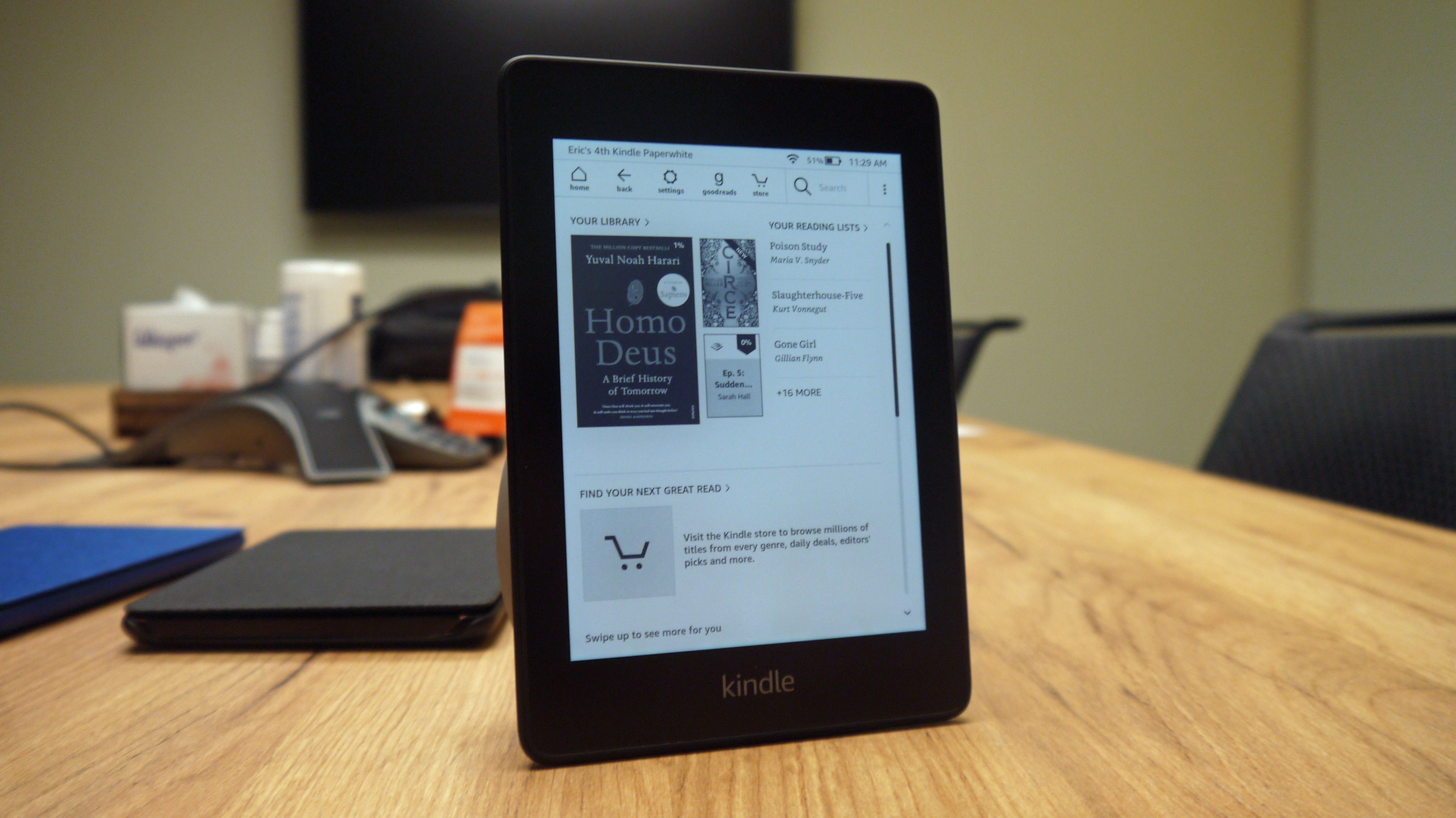
Amazon Fire tablets have LCD screens, which is the same kind of technology you'll find in many TVs, computer monitors and smartphones. As such, if you're wanting to watch TV shows or play games, Fire Tabs have screens that are much better for that.
In terms of design, Amazon Kindle and Fire tablets have a lot in common. They're usually made of plastic, which is durable enough to withstand bumps or drops. Compared to 'premium' devices in their markets, they're not very good-looking, but that won't matter to everyone.
All Amazon Kindle devices (at the time of writing, at least) have micro USB ports, and this kind of cable used to be the standard for many devices. However now many new devices use USB-C, which is faster for charging, and recent Fire tablets have this kind of newer input.
You can tell a port is USB-C because it's perfectly elliptical, whereas micro USB is wider on one side than on the other.
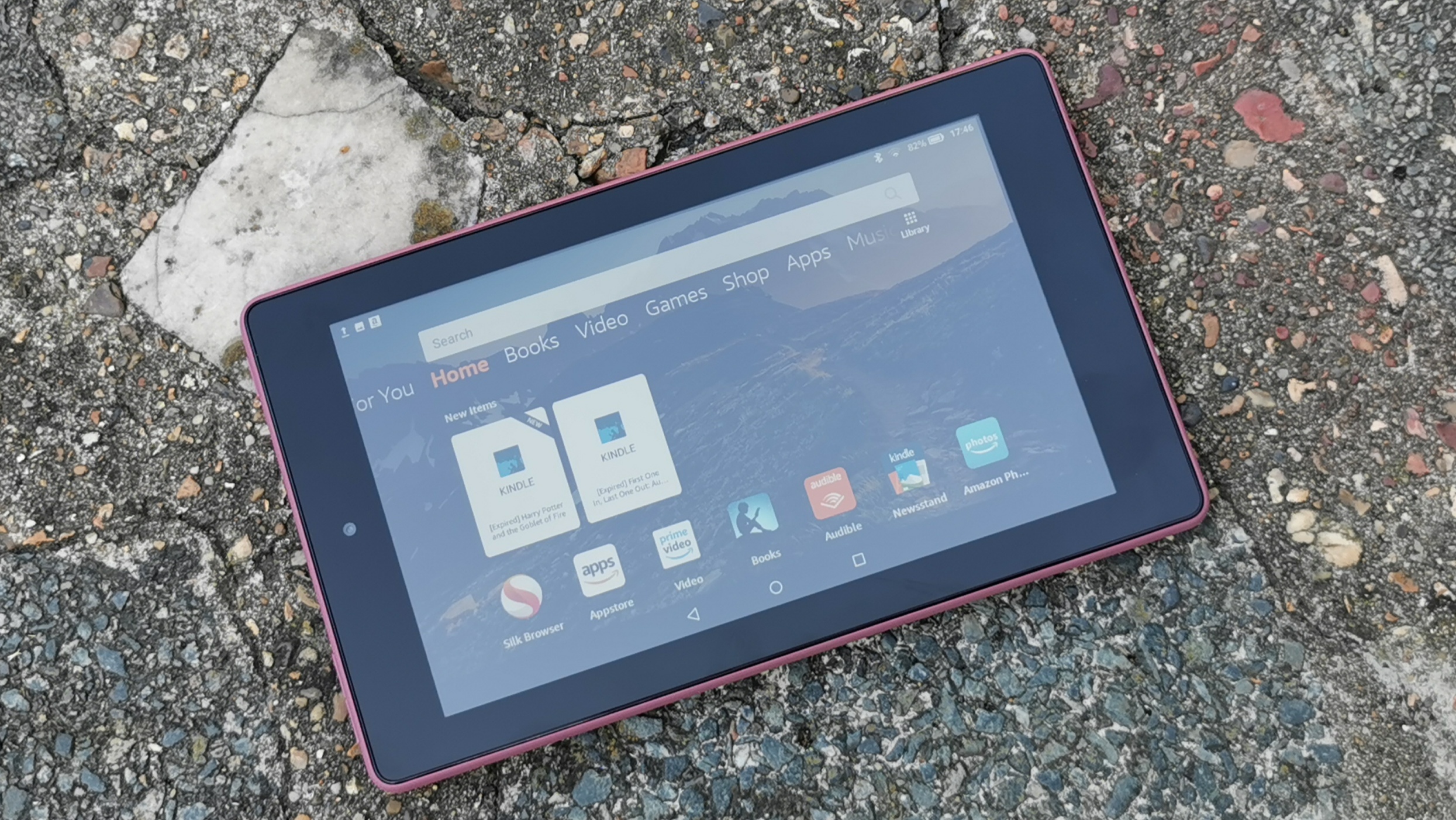
Most Fire tablet devices have 3.5mm headphone jacks - these are the circular ones you plug headphones into - but Kindles generally don't, as they don't have any apps to play music. The exception is Kindle Oasis devices, as you can use these to listen to electronic readings of books.
In terms of waterproofing, different Fire tablet and Kindle devices have different ratings, so we'd recommend looking up your specific device before reading a book in the pool.
Amazon Kindle vs Amazon Fire tablet cameras and battery life
Amazon Fire tablets generally have a camera on both the rear and the front, so they can be used for taking photos or video calling, but the cameras usually have quite low resolutions, and your average smartphone will beat them.
Kindles don't have cameras though, so you can't take pictures with them.
In terms of battery life, all Amazon devices are pretty stellar compared to most competitors, but Kindles are the best.
Depending on your Kindle device, it can last up to six weeks between charges, if you're reading for half an hour per day - that's a lot of charge, so Kindles are great for holidays if you don't want to bring a charger.
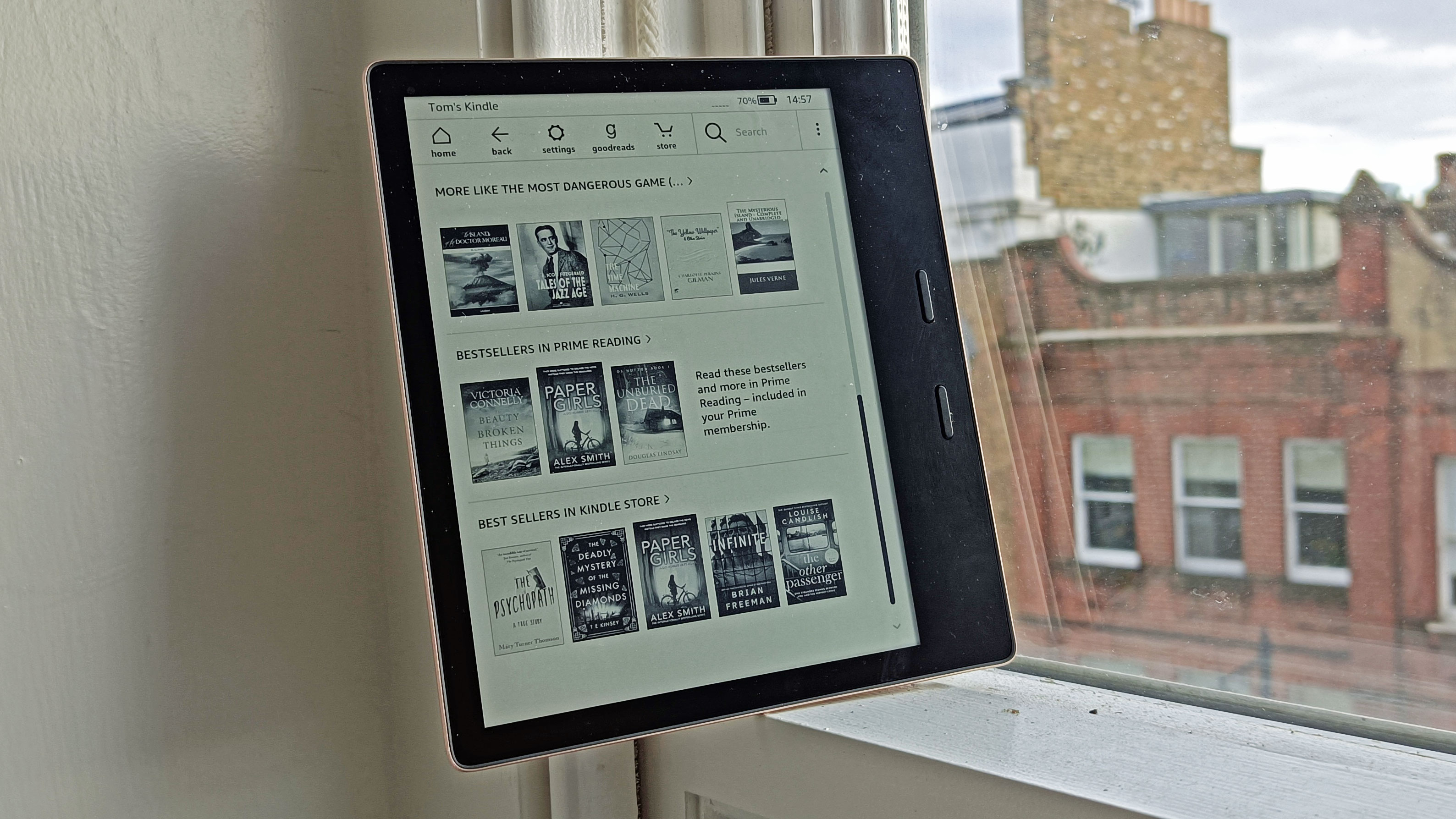
Amazon Fire tablets don't last quite as long, but that makes sense, because E Ink is known for being great for battery conservation. Newer Fire tablets last for about twelve hours of use between charges, which makes them good for car journeys or entertaining kids.
Amazon Kindle vs Amazon Fire tablet software and performance
What you'll be doing on your Amazon Kindle or Fire tablet device really depends on the software - that means, the programs and apps loaded onto the thing.
As Amazon Kindle devices are designed purely for reading, the services you get are a little limited. You can access the Kindle Store to buy and download books, and can also look at your Kindle library to see your downloaded books. Some Kindles also have access to Goodreads, a social reading tool (so you can log the books you read and compare them with your friends).
The Kindle Store isn't just for books though - there are plays, poems, magazines and comic books too.
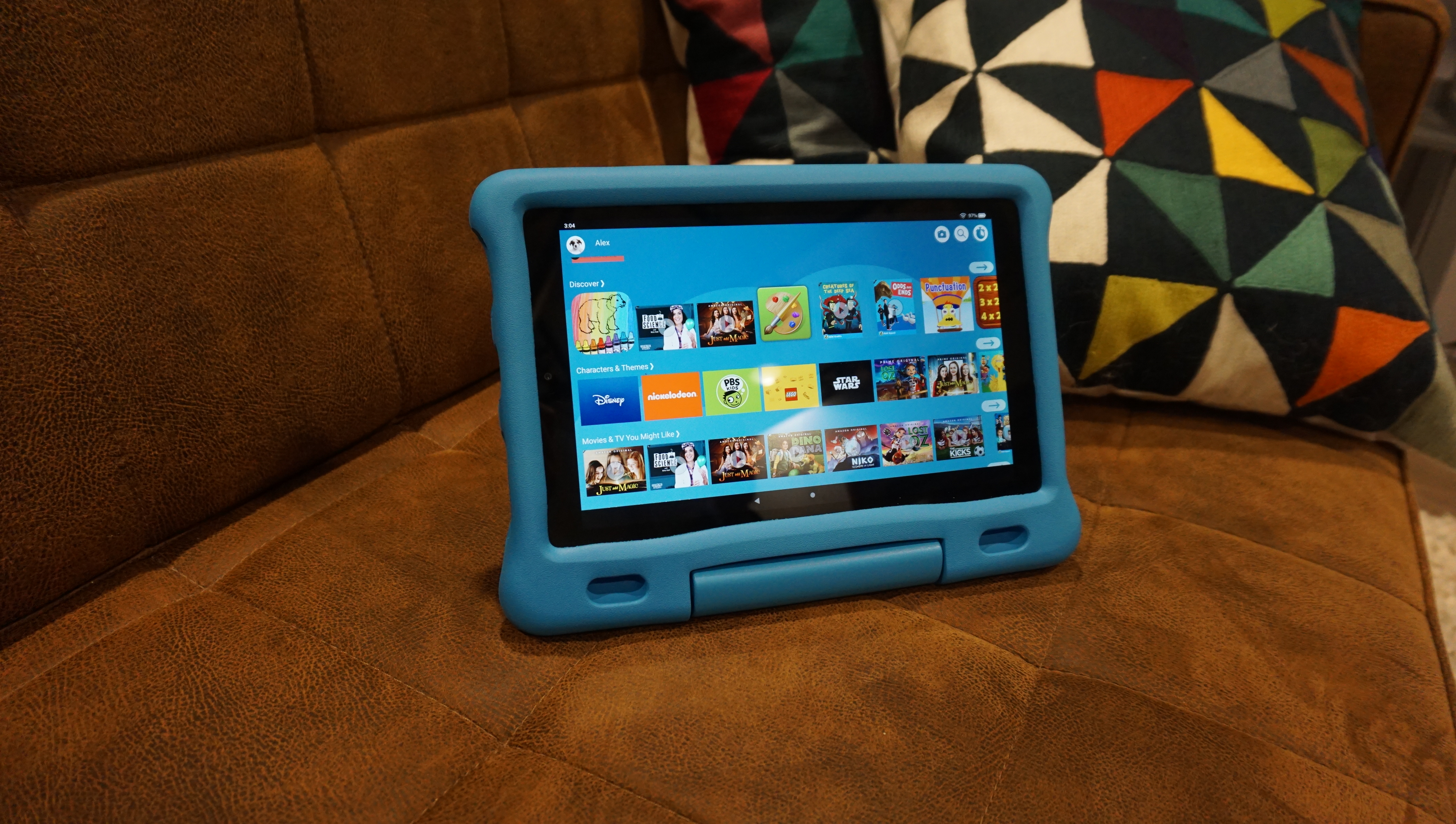
Not everyone knows, but you don't have to limit your reading to the Amazon Kindle Store - you're actually able to upload your own PDFs and other files to your Kindle. Thanks to this you can read work documents, as well as scientific papers or books from Project Gutenberg, for example, on your device.
Fire tablets run the popular operating system Android, but with Amazon's own Fire user interface laid over the top. What this means is that the tablets encourage (well, force) you to use the company's suite of apps.
You can stream video from Amazon Prime Video, music from Prime Music, and read books from the Kindle service, and the app store only contains Amazon-approved apps. Some Amazon-rival services, like Netflix and Spotify, are available too though.
Because of the particular services available, Amazon Fire tablet devices are considered portable entertainment devices. On the other hand, you can't play games, watch movies or listen to music on Kindle devices - they're just for reading.
Fire tablets don't have many productivity apps though, they're mainly for the fun stuff. Compared to most tablets, they don't have much processing power, but they have enough for the apps that Amazon allows on them.
Most Amazon devices are Wi-Fi only, so you can only download things and surf the web when you're connected to a Wi-Fi network, but you can buy some on LTE / 4G networks, which lets you access the internet when you're out and about.
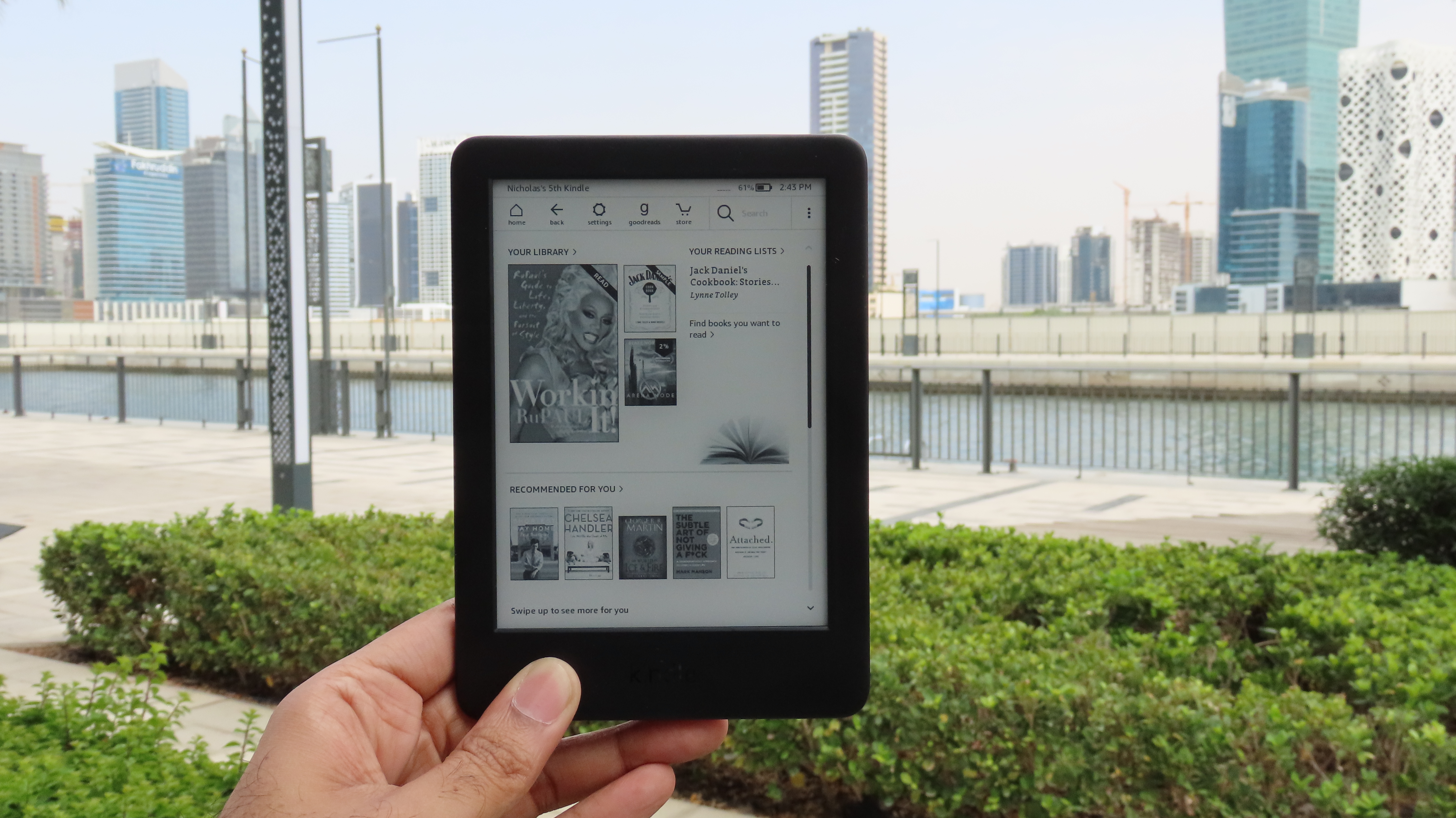
Amazon Kindle vs Amazon Fire tablet takeaway
As we've mentioned, you can read books on a Fire tablet, but many prefer to do so on a Kindle, as its display looks much more like paper, and can be nicer on the eyes. Also, its battery life keeps it ticking much longer.
If you want a range of features, not just reading, then the Amazon Fire tablet range is where you should be looking, as you'll be able to stream movies, conduct video calls and play games.
If you want a tablet that's good for productivity, like annotating documents, editing photos and multi-tasking functions, neither Kindle or Fire tablet slates are good for you - instead look at a Samsung Galaxy tablet or iPad.
Get daily insight, inspiration and deals in your inbox
Sign up for breaking news, reviews, opinion, top tech deals, and more.

Tom Bedford joined TechRadar in early 2019 as a staff writer, and left the team as deputy phones editor in late 2022 to work for entertainment site (and TR sister-site) What To Watch. He continues to contribute on a freelance basis for several sections including phones, audio and fitness.